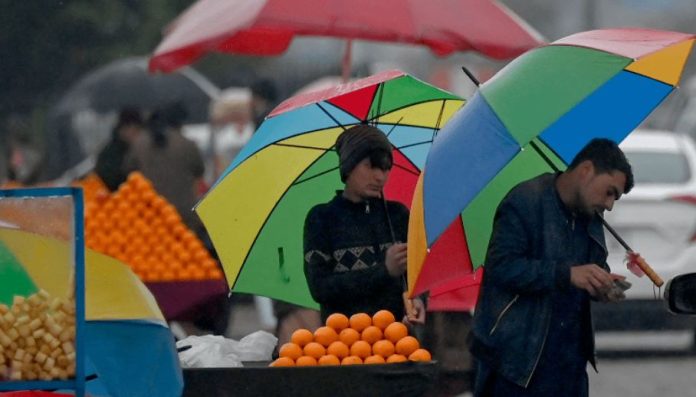ISLAMABAD: Inflation, measured by the Consumer Price Index (CPI), decelerated to 23.06 per cent year-on-year in February from 28.34pc in the preceding month due to a slight decrease in the prices of food products.
It is the lowest reading in 20 months, down from a peak of 37.97pc in May 2023.
Until December 2023, the headline inflation had consistently hovered around 29pc for three consecutive months. It was mainly due to escalating prices of essential kitchen items, along with increases in gas and electricity rates. However, starting from January 2024, the inflation rate has begun to show a downward trend.
In February, the food index fell 1.62pc month-on-month due to a drop in the price of perishable and non-perishable products. This is one of the key reasons for the minor reduction in total inflation, while other groups continued to rise.
The first eight months’ average inflation for FY24 was recorded at 27.96pc compared to 26.19pc during the corresponding period last year. This exceeds the government’s projection of 21pc.
The IMF has also forecast the average inflation for FY24 at 25.9pc, a significant easing from the previous year’s 29.6pc.
The month-on-month inflation showed no change, the Pakistan Bureau of Statistics reported on Friday. The inflation was recorded at 31.5pc in February 2023.
The headline inflation has remained elevated since mid-2022 after the PMLN-led coalition government took several measures demanded by the IMF to unlock stalled funding.
The urban inflation in February was 24.9pc year-on-year and 0.2pc month-on-month, down from 30.2pc and 2.4pc in January. The rural inflation was 20.5pc YoY and a decline of 0.3pc MoM in February, down from 25.7pc YoY and 1.9pc MoM in January.
The goods and services in the CPI basket are divided into 12 major components with different weights. The indexes for the two groups with the highest weight — “food and non-alcoholic beverages” and “housing, water, electricity, gas, and fuels” — both saw an annual increase of over 19.04pc and 43.78pc, respectively, in February.
Food, core inflation
Food inflation for February stood at 20.02pc in urban areas and 19pc in rural areas, whereas non-food inflation was 28.2pc in urban areas and 22.1pc in rural areas.
Core inflation, which strips out volatile food and energy prices, slightly declined to 15.5pc in urban areas compared to 17.8pc last month. In rural areas, core inflation was recorded at 21.9pc, down from 24.6pc.
Main contributors
In urban areas, the food items whose prices saw the highest increase in February on a month-on-month basis included fresh fruits (6.87pc), honey (3.18pc), fish (3.14pc), besan (2.47pc), pulse moong (2.16pc), pulse gram (1.48pc), meat (1.23pc), gram whole (1.15pc), condiments and spices (1.06pc), beverages (0.75pc), dry fruits (0.60pc), pan prepared (0.46pc), beans (0.45pc), rice (0.45pc) and pulse mash (0.34pc).
MoM decline was recorded in prices of eggs (32.27pc), tomatoes (25.02pc), onions (7.98pc), tea (7.87pc), potatoes (5.63pc) and cooking oil (0.99pc).
In the non-food category, increase was observed in gas charges (10.04pc), motor fuel (3.53pc), furniture and furnishing (1.78pc), appliances/articles/products for personal care (1.06pc), household servant (1.03pc), electricity charges (0.90pc), cleaning and laundering (0.83pc), personal grooming services (0.80pc), solid fuel (0.79pc) and transport services (0.68pc).
A decline is observed in non-food category of Liquefied Hydrocarbons (1.69pc) and Stationery (0.11pc).

















